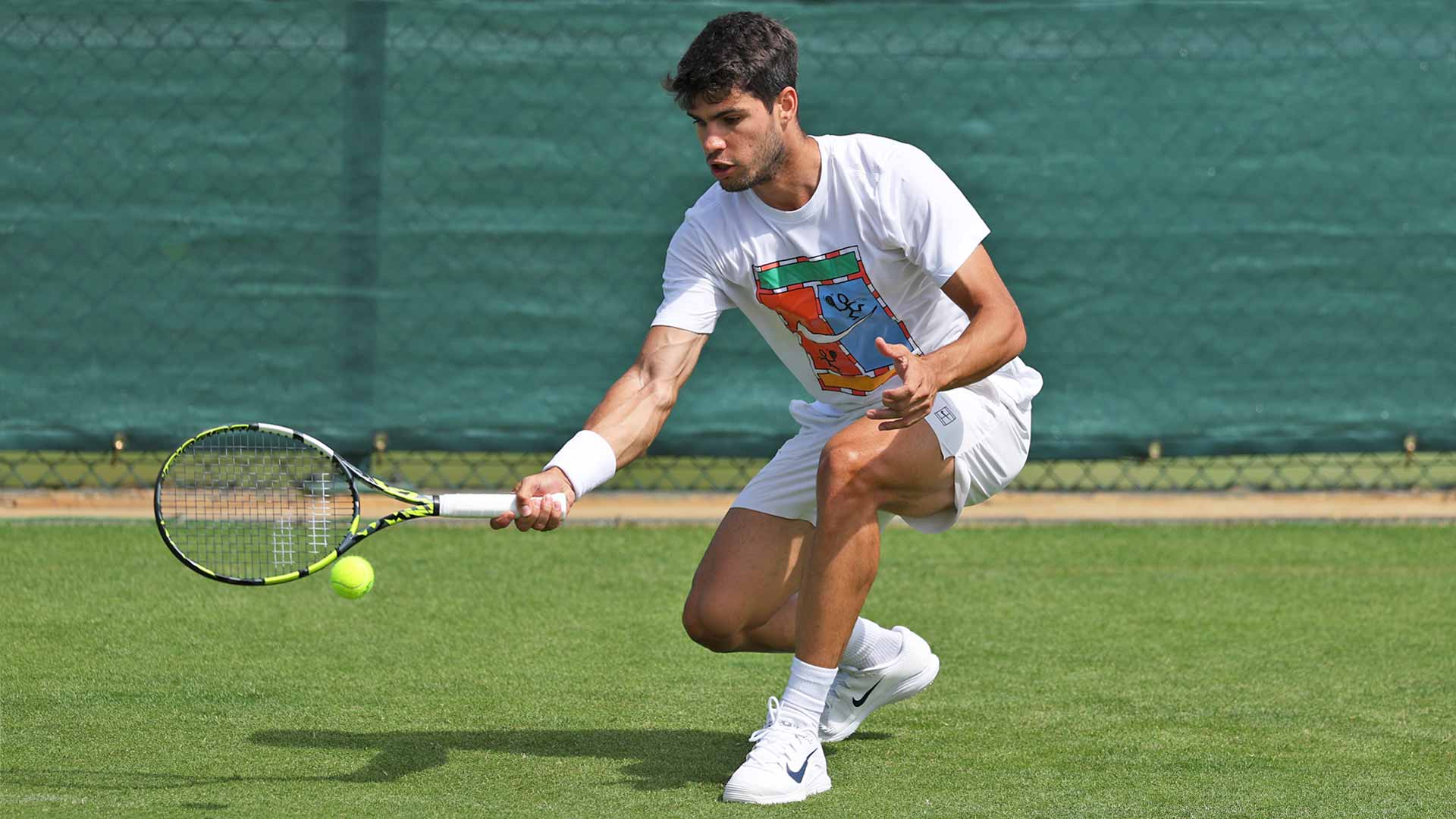Why the Pac-12 is adding Texas State, how it rebuilt and next steps in realignment

The Pac-12 Conference has extended an offer to Texas State to join the league in July 2026, and barring any late changes, the school is expected to officially accept the invitation on Monday, according to multiple people briefed on the Pac-12’s decision. The Austin Sports Journal first reported the news.AdvertisementThe Bobcats will become the conference’s eighth football-playing full member and finally give the rebuilt league the minimum number of members to continue as an NCAA conference. After years of collapse and uncertainty, the Pac will be back.The move will come almost three years to the day that USC and UCLA announced their move to the Big Ten, which started a chain of events that led 10 of 12 Pac-12 members to depart for the Big Ten, Big 12 or ACC. It left just Oregon State and Washington State holding the mantle of a century-old league. Instead of folding and joining a Group of 5 conference, they chose to rebuild, adding five schools from the Mountain West, non-football member Gonzaga from the West Coast Conference and soon Texas State from the Sun Belt Conference.Texas State is in San Marcos, a booming college town nestled between Austin and San Antonio. Its football program moved up to FBS in 2012, and the Bobcats are coming off their first two bowl seasons in program history and have a rising coach in G.J. Kinne. They’ve also won three of the last four Vic Bubas Cups, awarded to the top-performing school in the Sun Belt across all sports. It was important for Pac-12 stakeholders to get into Texas, something former commissioners had tried. Under Larry Scott, the Pac-12 once almost became the Pac-16, with Texas, Texas A&M and Texas Tech. Texas State isn’t that, but the state brings a valuable recruiting area and a third time zone. It’s also a fast-growing school, now with more than 40,000 students.Monday, the Pac-12 announced CBS would be its primary TV partner, part of a full media rights package that is not yet finished but is expected to include up to four broadcast partners. CBS will air at least three football and men’s basketball games on the main CBS network channel, along with the conference championship game in both sports. CBS Sports Network will also air Pac-12 content.AdvertisementHow we got hereAs the old Pac-12 crumbled and teams scattered to other conferences, many industry observers expected Oregon State and Washington State to fold into the Mountain West. The pair booted commissioner George Kliavkoff, whose inability to secure an adequate TV deal was the main driver behind the league’s downfall. Deputy Commissioner Teresa Gould was promoted in his place.OSU and WSU made a football scheduling agreement with the MWC for the 2024 season, with the option to merge. But when the sides couldn’t come to terms on a 2025 schedule, the Pac-2 went on the offensive.Four Mountain West schools announced last September they would jump to the rebuilding Pac-12 with OSU and WSU, shedding the MWC schools they felt didn’t invest as much and trying to better position themselves for the next round of conference realignment.“This is about the next five years,” one school official told The Athletic.The group turned to schools in the American Athletic Conference like Memphis, Tulane, South Florida and UTSA, hoping to create a top conference outside the Power 4. But questions and concerns about the Pac-12’s financial projections, along with the cost of leaving the AAC and its ESPN TV deal, led those schools to stay put. The Pac-12 turned back to Mountain West options and convinced Utah State to join, but UNLV and Air Force stuck with the MWC, thanks to tens of millions in financial guarantees from the league for staying.The Pac-12 added basketball powerhouse Gonzaga, a non-football school, but remained one football school short of the eight members required by July 2026. So the league put its staggered expansion on pause and focused on securing its media rights deal, getting concrete numbers to take back to prospective members. That happened this spring and into the summer.AdvertisementAlong the way, the Pac-12 sued the MWC over poaching fees that were part of the 2024 schedule agreement. Some of the departing schools also sued the MWC over exit fees. Around $150 million is owed to the MWC over those moves, per the contracts. However, the sides have been in mediation for more than a month. They could agree on a smaller settlement, or it could continue in court. Those prospective funds were used to convince UNLV and Air Force to stay in the MWC.“They want to walk back what they legally agreed to,” the MWC said in a statement last year. “There has to be a consequence to these types of actions.”The ‘Group of 6’ and more realignmentWhile “Power 4” is not an official term, the ACC, Big Ten, Big 12 and SEC are “autonomy” conferences, a group that can make some of its own rules. That group voted last year to remove the two-member Pac-12 from autonomy ranks, and it’s not expected to get voted back in. That means the new Pac-12 gives us a “Group of 6” outside the Power 4, beginning next year. The auto-bid discussion around a potential 4-4-2-2-1 College Football Playoff format change would group the Pac-12 with the current G5 for a single bid, if that format happens.On the football field, the Pac-12 will look to be similar to the AAC. Five of the future eight Pac-12 members made a bowl game last year, and Boise State reached the College Football Playoff as a conference champion. The AAC had nine bowl teams, and Navy beat Oklahoma in its bowl. Those leagues are likely to battle for a CFP spot in most years, given their depth, but the Sun Belt continues to improve each year as well, and teams such as UNLV in the Mountain West and Liberty in Conference USA could also get in the mix. Or a team could emerge from an evenly matched MAC like Western Michigan did in 2016.In men’s basketball, the Pac-12 should be a strong conference. Four of the nine teams made last year’s NCAA Tournament, Gonzaga is an annual powerhouse and San Diego State played in the national championship game two seasons ago. The Pac-12 says its makeup of teams would have the fourth-best average NET rating over the last five years, ahead of the Big East and ACC.The eight schools that were on board before the Texas State invitation signed a grant of rights last year, which runs through June 2031, according to membership terms made last year and obtained by The Athletic. Those terms indicate media rights will be shared equally across all full members. Schools will also keep 50 percent of any earned NCAA basketball tournament units for themselves and share the remaining 50 percent equally. Group of 6 schools will each receive around $1.8 million annually from the CFP, even for those moving from the MWC to the Pac-12, with no participation bonus for making the field.But before it begins play, the Pac-12 must finish the rest of its TV deal. Though the value of potential TV deals was a driving factor in its conversations with prospective members, the actual final number is still not known because the other parts of the deal are not complete. The Pac-12’s media rights also impact the Mountain West, whose TV deal that currently includes CBS and Fox expires in mid-2026.The MWC responded to its membership losses by making Hawaii an all-sports member, adding UTEP in all sports, UC Davis and Grand Canyon in sports except football, and Northern Illinois as a football-only member. That league’s TV negotiations are also ongoing.Texas State’s impending move doesn’t quite finish the conference realignment that began four years ago with Texas’ and Oklahoma’s move to the SEC.To fill the Bobcats’ spot, the Sun Belt is expected to move quickly and is focused on Louisiana Tech or Western Kentucky from CUSA, a person briefed on the Sun Belt’s thinking said. Louisiana Tech is a better geographic fit despite its recent football struggles and would give the SBC three teams in the state. CUSA will expand to 12 members this year, with Delaware and Missouri State coming up from the Football Championship Subdivision. If CUSA drops to 10 by losing UTEP and someone else, it most likely will stick with an even 10 schools for the time being, rather than attempt to add another FCS school, a person familiar with the league’s thinking said. The MAC is also set to add UMass this year and lose NIU next year, putting it at 12 schools for 2026.AdvertisementThe Pac-12 might not be done, either. The idea of affiliate members like Saint Mary’s basketball or Dallas Baptist baseball has been discussed, according to people involved in the talks.While this round of conference realignment nears its end, we might be only a few years away from the next round, when Power 4 media rights deals begin to come up. Schools that joined the new Pac-12 have acknowledged this move isn’t about setting up the next 20 years. It was about positioning themselves for five years from now and whatever the next change in college sports looks like. We have a Big Ten with 18 teams and an ACC on both coasts.The Pac-12 is not what it used to be, but it’s still alive. For the schools set to join it, that still means something.(Photo: Tim Heitman / Imagn Images)











)



